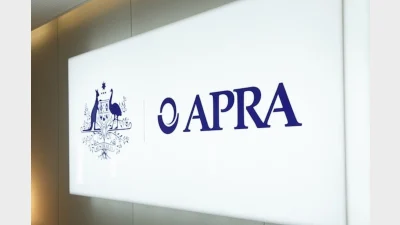AIST suggest minor changes to ERF transition



The Australian Institute of Superannuation Trustees (AIST) has suggested a few "minor" improvements to draft prudential standards on eligible rollover fund (ERF) transitions.
AIST said the transition plan should be extended to include all data held by the transferring ERF and not just the data which identifies individual members.
It said there was an implied obligation on trustees to seek to reunite members with an active account which could only be properly fulfilled by assessing all data held by the trustee.
"For example, information identifying a member's original fund is often a valuable tool in identifying a lost member, where insufficient additional information is available to identify a member's account," it said.
The industry body acknowledged that data quality was not great in ERFs but said the majority of birth dates were probably accurate. Where the birthdate was not knowk, AIST suggested giving the member a nominal age of 18.
Amendments were also necessary to remove the requirement to provide insurance (unless merged with another account) for ERF products that were transferred to a MySuper product under the standard, according to AIST.
It said it supported consideration of transition to another ERF but was ambivalent about the exclusion of MySuper using a lifecycle model.
Recommended for you
The super fund has launched Retirement Manager, a digital advice tool helping members plan income, spending, and retirement confidence with integrated support.
APRA has warned retail super trustees that financial adviser involvement in recommending platform products does not diminish their obligations, as regulators turned the spotlight on the Shield Master Fund and First Guardian Master Fund during a meeting with fund CEOs.
AMP’s chief economist has unveiled a wish list for the Australian government’s Economic Reform Roundtable.
Australian retirees could increase their projected annual incomes between 3 and 51 per cent by incorporating personal and household data into their retirement income strategies, according to new research.










